Turmeric, a member of the ginger family, contains essential oils and the yellow dyeing substance curcumin. It is cultivated for its use as a spice and medicinal plant.
Turmeric is the most well-known Curcuma variety. The roots of the plant are ground into powder after they have dried and thus turned into the Turmeric spice.
Turmeric is mainly used in the ever so flavorful Indian cuisine, but outside of it, it is favored as a cheap substitute for the widely recognized spice saffron, which dyes food a pleasant yellow color.
Turmeric is particularly important for curry, since color is of great importance there, characteristic of the popular spice. Turmeric also gives color to many other spices and seasonings, such as mustard for example.

The roots of turmeric are a perfect counteraction against the sun's rays, which makes manufacturers add them to many spices, to prevent them from losing their good appearance.
Turmeric is also used as a natural food dye for feta cheese, cheese, yoghurt and salad dressings. The birthplace of turmeric is considered to be Southeast India, from where this spice gradually spread in a western direction.
Turmeric has a bitter-spicy taste and gives each dish a beautiful yellow color. It improves appetite and stimulates the ample secretion of gastric juices.
Scientists are convinced that if you include turmeric in your menu regularly, this will make your body burn fat quicker. There is no limit to the amount of turmeric that can be used daily.
Still, it is not recommended to exceed more than 2 1/3 tsp (12 g) per day. This spice can be consumed by children over 6 years of age. It must never be given to very small children and pregnant women because turmeric has blood thinning properties.
As opposed to medicine, turmeric kills bacteria but does not harm the liver or ruin stomach function. This spice has a beneficial effect on the gastrointestinal tract.
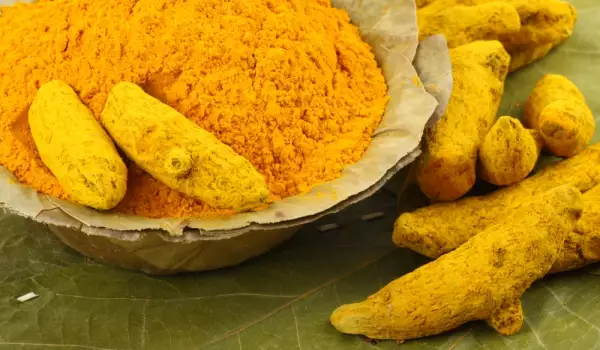
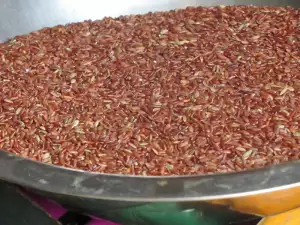

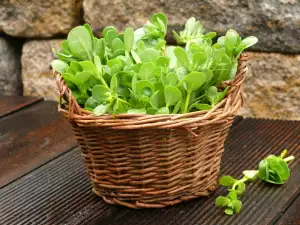
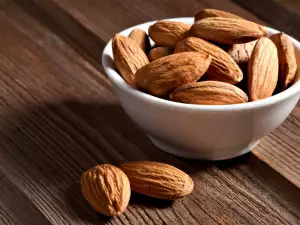
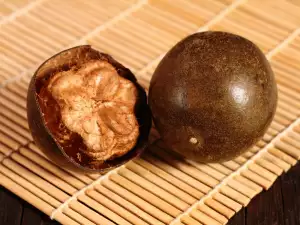

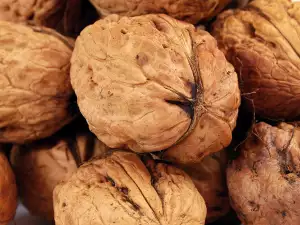
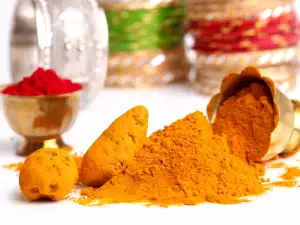


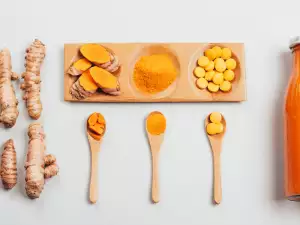
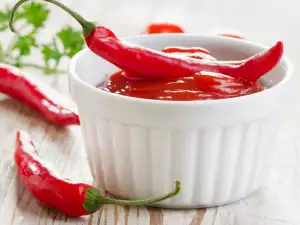





Comments